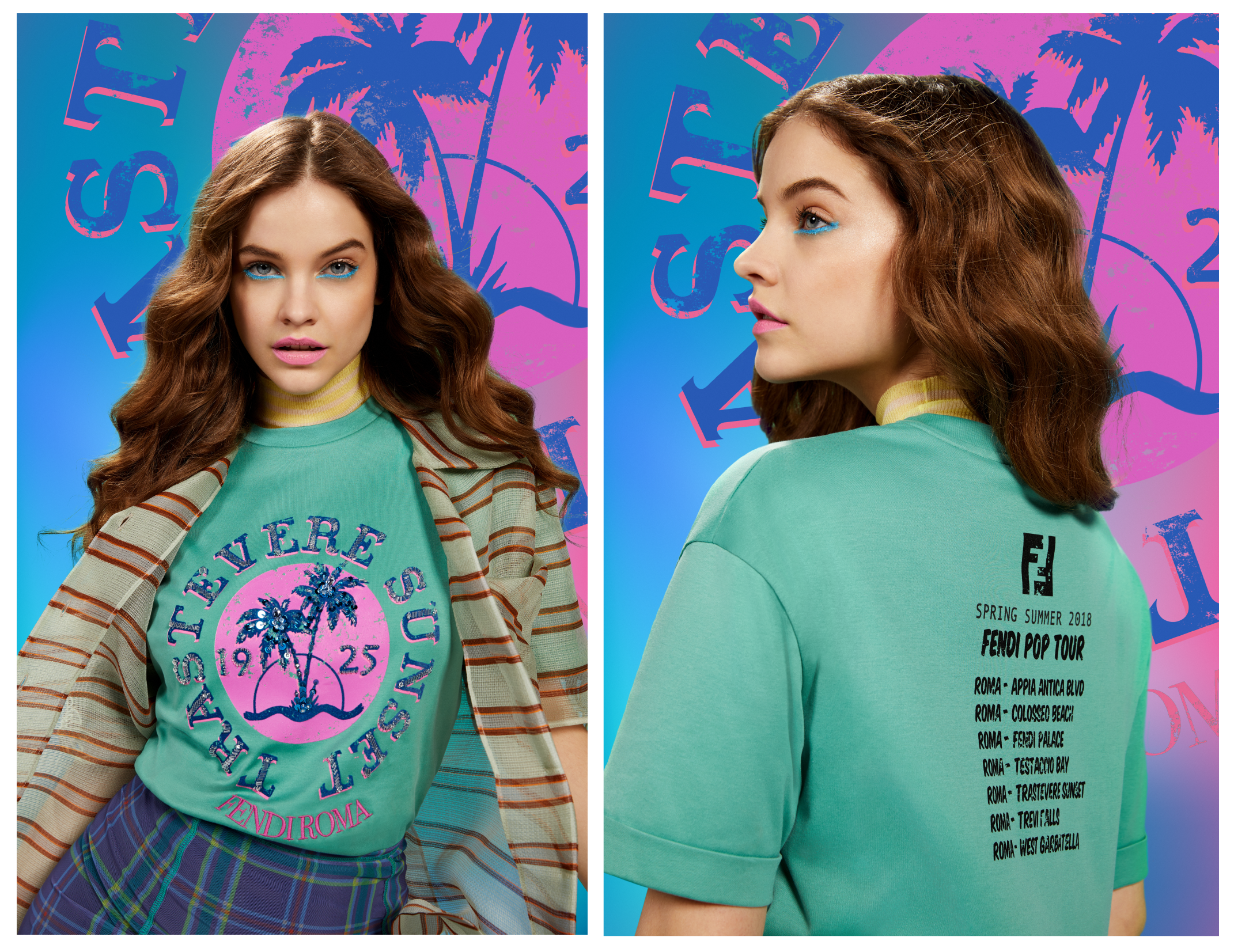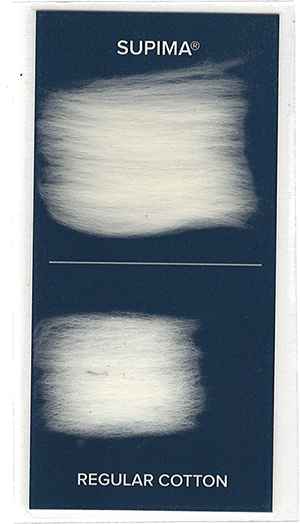Luxury brands and the penchant for t-shirts
Read in Indonesian
Image: Fendi t-shirt courtesy of Time International
Will you pay $300 for a t-shirt? If you answer no, how much do you usually spend for a piece of t-shirt?
The starting price for luxury brands t-shirts range from $300 to $500. Regardless of the steep price, t-shirt is increasing in popularity. Fendi, Tory Burch and Burberry are among luxury brands that have added t-shirts to their collection.
Image: Tory Burch t-shirts courtesy of Time International
Gilbert, former retail manager at a luxury store in Singapore, said that the young crowds or nouveau riche are into logo t-shirts. “It’s basically a statement to prove and show their financial status, something they can brag about amongst each other.”
Before the meteoric rise of streetwear, the safest option goes to buttoned-up shirts, polo shirts and sweatshirts with a brand’s logo. Runway collection, on the other hand, are much harder to sell to the masses. Not every clothes presented on the runway will be produced for retail. Luxury e-commerce, department stores and multi-brand retailers place order for clothes that are ‘sellable’ and appealing to the masses.
Since the streetwear trend holds the reins, t-shirt practically becomes a staple. According to Gilbert, the young crowds refers to millennials and gen Z in the 17-25 age group. “Most of them think t-shirts from luxury brands are overpriced. However, they still buy them because logo t-shirts are considered a starting point to luxurious collection.”
In economics theory, luxury t-shirt can be labelled a Giffen good, named after Scottish economist Sir Robert Giffen. Unlike ordinary goods, demand for Giffen goods increases when the price rises. Business-wise, t-shirt is extremely profitable - low production cost and high margins.
For starter, let’s look at the largest component of clothing: fabric. The reference price of cotton - the most common type of fabric that is used to make t-shirts - is based on futures contracts. The price may vary depending on the quality.
Image: Supima cotton fibre
Like any other commodities, the market shares of cotton dropped since the pandemic began. On 1 April, cotton price fell to $0.41/LB or 0.5 kg. It bounced back to $0.53 by the end of April. Cotton price closed at $0.63 on 2 July.
There’s also another type of cotton grown in the US that is hailed as the world’s most superior cotton, Supima cotton. Price of Supima cotton sat at $1.24/LB as of 25 June. Everlane, Levi’s and Banana Republic are among fashion brands that use Supima cotton.
One t-shirt requires 0.2 kg of cotton. For further comparison, an organic t-shirt from Everlane costs $20 for women and $30 for men. Manufacturing a t-shirt is simpler than making blouse, shirts or pants. Then, there is economies of scale in manufacturing cost, including labour. Making 1,000 pieces of t-shirts will cost lower than making 100 pieces of t-shirts.
Factoring in worldwide distribution channel and increasing demand for t-shirts, the production quantity could be much higher than 1,000. Hence, brands can further reduce the manufacturing cost. The biggest portion of mark-up comes from the brand value and overhead costs such as marketing and physical stores. Brand prestige comes along with the price tag.
It is very unlikely that the casual fashion trend will fade away anytime soon. It will probably increase in popularity as the world adopts a more relaxed style. Work attire, for instance, has become more casual. Paired with blazer or cardigan, t-shirt can be part of a business casual attire. The creative industry rarely imposes formal attire unless it’s a formal event.
“T-shirt is versatile. You can dress down with a pair of jeans or style it with blazer for parties,” Gilbert explained.
As for the brand itself, it is a line expansion to grab the current market, making money easily as they reach out to the younger market. “Yes, the brand is shifting because the trend is, the world is;and what “we used to know or look up to” are probably not so reasonable to the current trend anymore,” said Gilbert.



